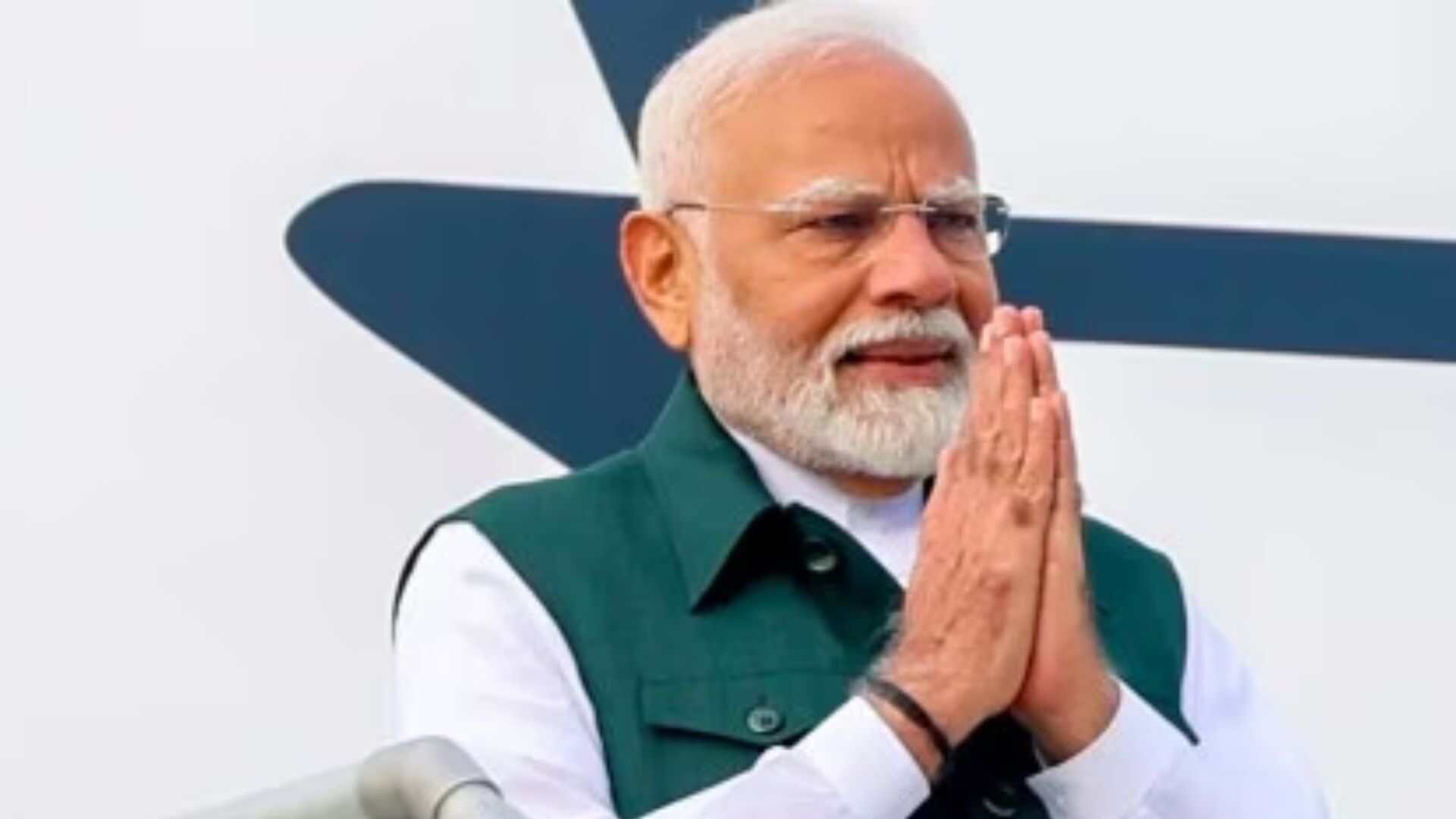The Prime Minister’s upcoming visit to Singapore highlights the growing strength and potential of India-Singapore relations. This vibrant partnership is reflected in the frequent high-level exchanges between the two countries. Just before the PM’s visit, the second India-Singapore Ministerial Roundtable took place, with four senior Indian ministers traveling to Singapore to meet their counterparts. These engagements showcase the expansion of bilateral cooperation in areas like digitalization, skills development, sustainability, healthcare, advanced manufacturing, and connectivity. These ministerial talks are further supported by additional exchanges between parliaments and the judiciary, among others.
India-Singapore relations cover a wide spectrum, demonstrating the deep ties between the two nations. Singapore is India’s largest trading partner within ASEAN and its sixth-largest globally. Despite its small size, Singapore is also India’s top source of foreign direct investment. Moreover, Singapore boasts the largest concentration of IIT and IIM alumni outside of India, which reflects the strong Indian presence in the city-state. This success is rooted in a long history of Indian diaspora in Singapore, dating back to the late 19th century. The older generation of Indians played a significant role in shaping Singapore as a multicultural, secular society, paving the way for today’s thriving Indian community. Additionally, Singapore remains a popular destination for Indian tourists.
Since the 1990s, Singapore has been central to India’s regional strategy, first with its “Look East” policy and later with “Act East.” Singapore was instrumental in helping India become a sectoral dialogue partner and eventually a full dialogue partner with ASEAN. The relationship between India and ASEAN plays a unique role in South Asia, particularly due to Myanmar, which acts as a bridge between South and Southeast Asia. The ongoing civil conflict in Myanmar has far-reaching consequences for the region, and both India and Singapore, due to their ties with Myanmar, are likely to address this in their discussions.
However, the depth of India-Singapore relations extends beyond trade and diplomacy. Over time, defense cooperation has become a key component, particularly in the maritime domain. With India’s focus on the Indo-Pacific region and the rise of Chinese political and military assertiveness, traditional approaches like ASEAN centrality are being challenged by new frameworks like the QUAD. This presents both opportunities and challenges for India’s relationships with ASEAN and Singapore.
A prime ministerial visit provides a crucial platform to assess bilateral, regional, and global issues. While trade and economic partnerships remain at the core of the relationship, new areas for cooperation are emerging. For instance, India’s Economic Survey hinted at a potential shift in policy regarding Chinese FDI, which had been avoided for years. If this change occurs, Singaporean companies are expected to play a significant role in facilitating Chinese investments in India.
It is also important to recognize the unique nature of India-Singapore economic ties. These connections gained momentum in the early 1990s when Singapore offered India a global gateway that cities like Chennai, Kolkata, and Mumbai could no longer provide due to regulatory and structural challenges. While this partnership has been beneficial, it also underscores the need for India to address its own regulatory shortcomings. Singapore’s success serves as a reminder of the progress India still needs to make to fully capitalize on its growth potential.














